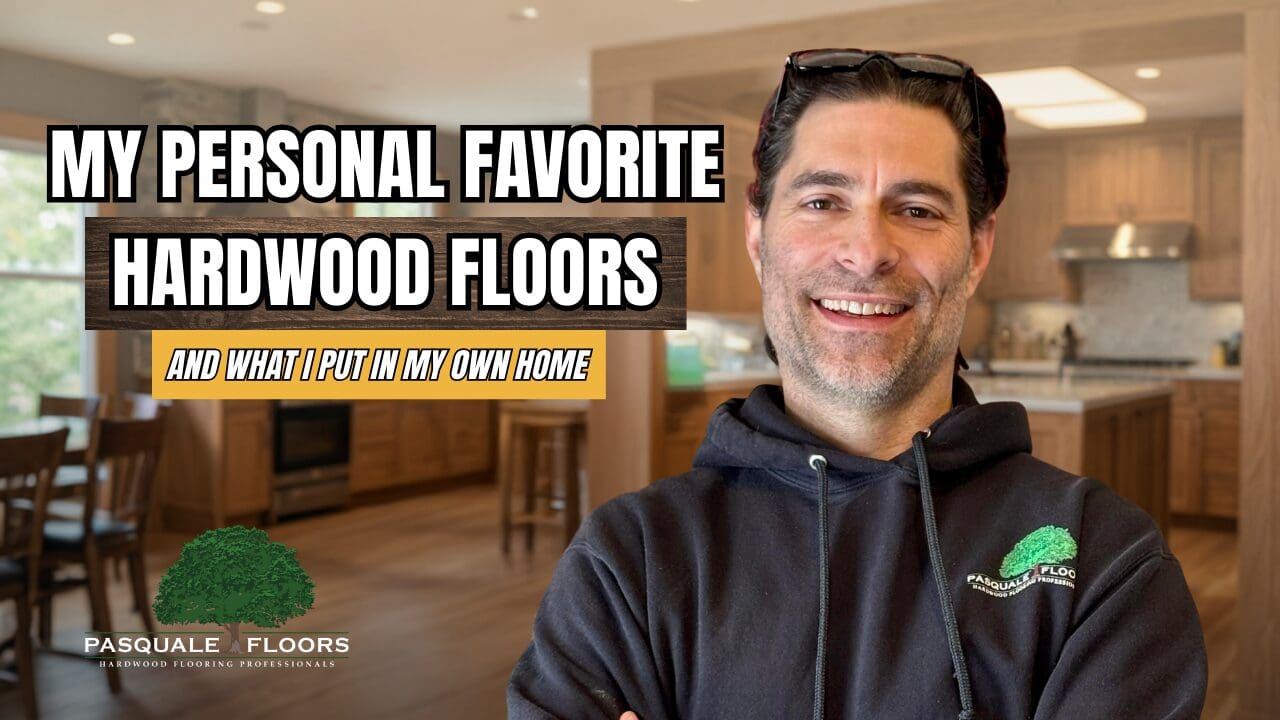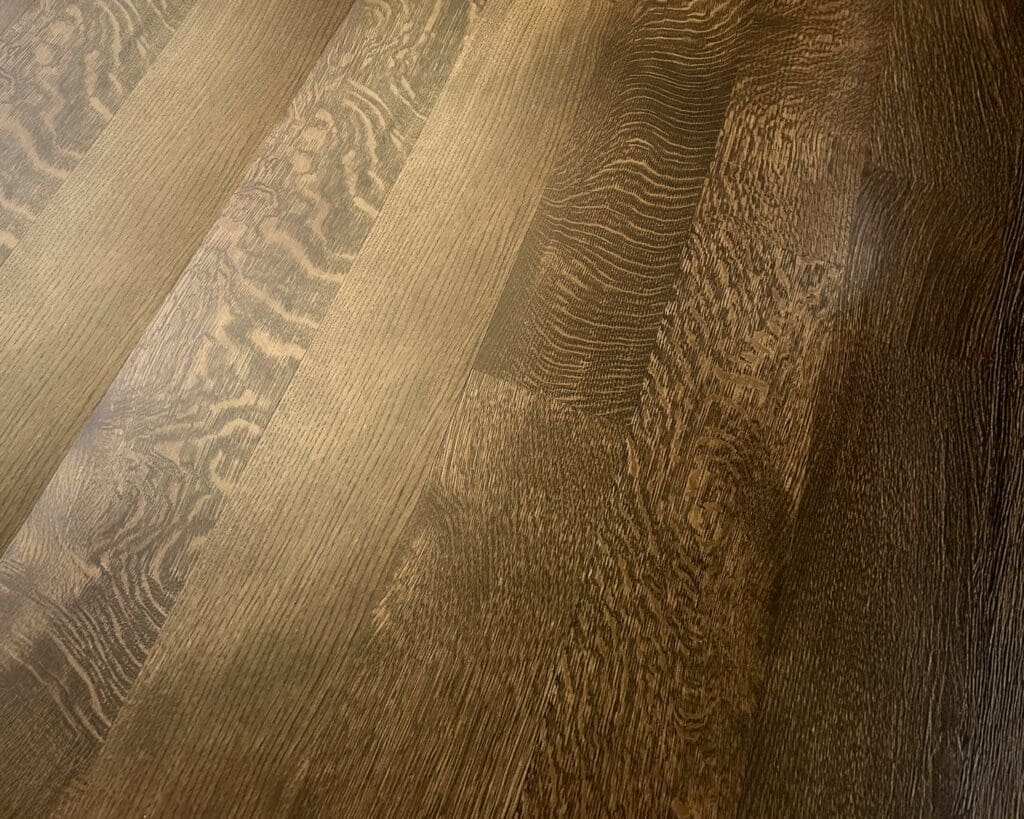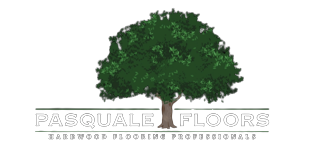
Ray Flecks and Perpendicular Grain: The Hidden Treasures of Quarter-Sawn White Oak Flooring
I’ve installed many wood floors over the years, over three decades of expertise, in fact. I’ve guided countless homeowners through showroom overwhelm to find their perfect match—yet selecting flooring for my own renovation still required careful consideration of each option’s unique character. Engineered products promised convenience, exotic species offered drama, but something kept drawing me back to a classic American hardwood with a special twist: quarter-sawn white oak in generous 6¼” planks. This wasn’t just another flooring decision—it was an investment in beauty, stability, and timeless craftsmanship that would become the foundation of my home for decades to come.
Beyond Ordinary Oak: The Quarter-Sawn Difference
Most people are familiar with traditional oak flooring, but quarter-sawn white oak exists in a category of its own. The difference lies entirely in how the lumber is cut from the log. While conventional plain-sawn boards are cut tangentially to the tree’s growth rings, quarter-sawn lumber is cut radially, with the growth rings positioned roughly perpendicular to the face of the board.
This specialized cutting technique transforms ordinary oak into something extraordinary. The most immediately noticeable feature is the presence of “ray flecks”—those distinctive medullary rays that appear as short, irregular lines shimmering across the surface. These rays actually serve an important biological function in the living tree, transporting nutrients horizontally through the trunk. In quarter-sawn lumber, they become nature’s signature, a decorative element that no manufacturer could replicate.
The perpendicular grain orientation doesn’t just create visual interest—it fundamentally changes how the wood behaves. While plain-sawn boards might expand and contract across their width with seasonal humidity changes, quarter-sawn boards remain remarkably stable. This resistance to cupping, warping, and twisting isn’t just a technical specification—it’s peace of mind built into every plank.

Why 6¼” Planks Make All the Difference
The decision to go with wider 6¼” planks wasn’t merely aesthetic—though they do create a sense of spaciousness and luxury that narrower strips simply can’t match. These generous dimensions provide the perfect canvas to showcase the quarter-sawn grain pattern in all its glory.
With narrower planks, you might catch glimpses of those beautiful ray flecks, but they can feel fragmented and disconnected. The wider format allows the eye to follow the full expression of the grain, appreciating how it varies subtly from plank to plank while maintaining a cohesive overall appearance. It’s like the difference between viewing art through a keyhole versus standing before the full canvas.
The wider planks also speak to a certain architectural confidence. They hearken back to historic homes when lumber was plentiful and craftsmanship paramount, yet they feel equally at home in contemporary spaces. There’s something inherently grounding about walking across substantial planks that have been thoughtfully harvested, milled, and installed.
Installation: Respecting the Material
Installing quarter-sawn white oak requires a level of care and precision that acknowledges the premium nature of the material. Each plank represents years of growth and specialized milling—there’s no room for rushed work or cut corners.
The installation process began with acclimating the wood to my home’s environment for two weeks. This patience pays dividends by allowing the moisture content of the wood to stabilize before it’s permanently secured. The wider planks require particular attention to subfloor preparation, as any imperfections below can eventually telegraph to the surface above.
I opted for a traditional nail-down installation over a plywood subfloor, which provides the most solid feel underfoot and allows the wood to move naturally with seasonal changes. The installers worked methodically, selecting planks to create a natural flow of grain patterns throughout the space. They understood that quarter-sawn oak isn’t just flooring—it’s a natural material with its own character that deserves respect.
Living With Quarter-Sawn White Oak: The Everyday Luxury
Six years after installation, I can confidently say that few home improvement decisions have brought me as much daily satisfaction as my quarter-sawn white oak floors. There’s a subtle play of light across the surface as the sun moves through my home, highlighting different aspects of the grain pattern throughout the day.
The stability of the wood has proven itself through seasonal changes. While friends with traditional hardwood floors notice gaps appearing between planks during winter’s dry months, my floors maintain their tight seams and flat profile. This stability isn’t just about aesthetics—it means fewer creaks, less maintenance, and greater longevity.
The natural warmth of white oak creates an inviting atmosphere that synthetic materials simply cannot replicate. There’s something profoundly connecting about walking barefoot across a natural material that will likely outlast my time in this home. Unlike trendy flooring options that may look dated in a decade, quarter-sawn white oak has already proven its timelessness over centuries of use in fine homes.
Care and Maintenance: Simpler Than You Might Think
Despite its premium status, quarter-sawn white oak doesn’t demand complicated maintenance. I finished my floors with a high-quality water-based polyurethane that preserves the natural color while providing excellent protection. Daily care involves nothing more than sweeping or vacuuming with a soft brush attachment.
For deeper cleaning, a slightly damp microfiber mop with a pH-neutral hardwood cleaner keeps the surface looking fresh without risking damage. The perpendicular grain orientation of quarter-sawn wood means it’s less likely to show scratches than plain-sawn alternatives, and when minor marks do occur, they tend to blend naturally into the varied grain pattern.
Over time, white oak develops a rich patina that only enhances its beauty—another advantage over manufactured flooring products that can’t evolve and improve with age. This natural aging process means my floors will look even better a decade from now than they do today.
The Investment Perspective
Quality flooring represents a significant investment, and quarter-sawn white oak certainly commands a premium over plain-sawn alternatives. However, when viewed through the lens of long-term value, the additional cost becomes easier to justify.
The enhanced stability means fewer problems and repairs over time. The classic aesthetic ensures the floors won’t need to be replaced due to changing design trends. And the durability of white oak means these floors can be refinished multiple times, potentially lasting a century or more with proper care.
In a world of disposable products and planned obsolescence, there’s profound satisfaction in choosing materials that improve with age and stand the test of time. My quarter-sawn white oak floors aren’t just a design choice—they’re a legacy element of my home that connects to traditions of craftsmanship while meeting thoroughly modern expectations for performance.
A Foundation for Living
Flooring choices set the literal foundation for how we experience our homes. After living with 6¼” quarter-sawn white oak planks, I’ve come to appreciate how the right flooring can influence everything from the quality of light in a room to the acoustic properties of a space.
The distinctive ray flecks catch my eye in quiet moments, reminding me of the natural origin of this material. The perpendicular grain provides reassurance during humid summer months when lesser floors might buckle or cup. And the generous width of each plank creates a sense of substance and permanence that feels increasingly rare in today’s construction.
If you’re considering flooring options for your home, I encourage you to look beyond the initial price tag to consider the lifetime value, aesthetic longevity, and daily pleasure that comes from living with truly exceptional materials. Quarter-sawn white oak isn’t just flooring—it’s an investment in the quality of your everyday experience at home, one step at a time.
